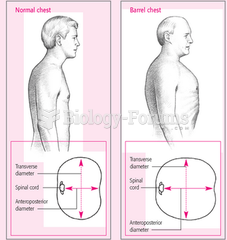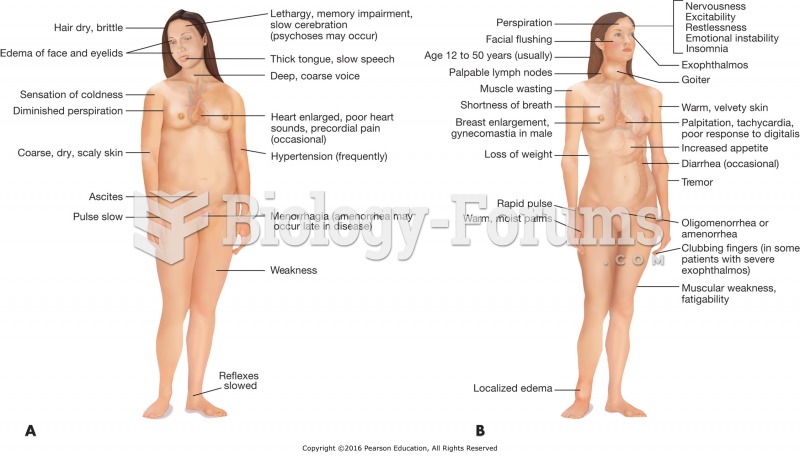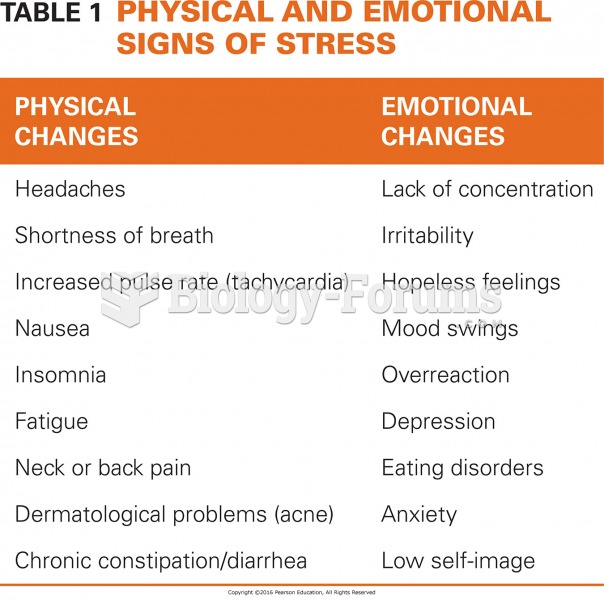This topic contains a solution. Click here to go to the answer
|
|
|
Did you know?
In 1835 it was discovered that a disease of silkworms known as muscardine could be transferred from one silkworm to another, and was caused by a fungus.
Did you know?
The horizontal fraction bar was introduced by the Arabs.
Did you know?
Approximately 500,000 babies are born each year in the United States to teenage mothers.
Did you know?
You should not take more than 1,000 mg of vitamin E per day. Doses above this amount increase the risk of bleeding problems that can lead to a stroke.
Did you know?
The immune system needs 9.5 hours of sleep in total darkness to recharge completely.







